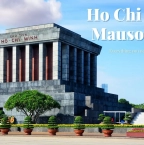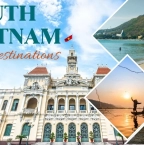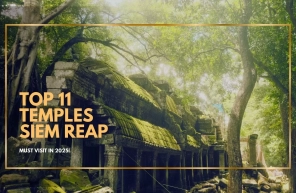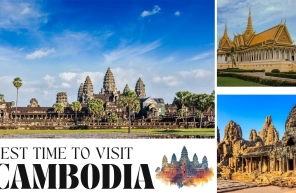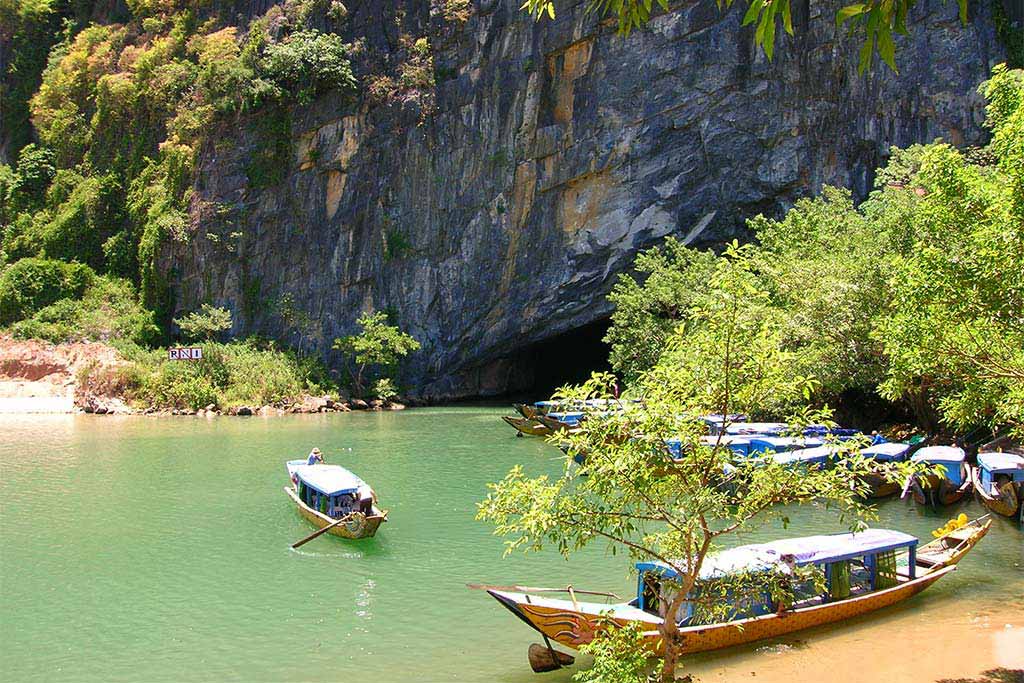
Things To Do In Phong Nha

Phong Nha, in the center before Hue, is a set of rock formations, caves and caverns, has been listed as a UNESCO World Heritage Site since 2003, to protect one of the largest karst regions in the world as well as the ecosystem of its forest. |
Table of Contents
What to see in Phong Nha
The park owes its name to the magnificent cave of Phong Nha, revealing spectacular rock formations, caves and underground rivers, and to the forest of Ke Bang whose fauna and flora are protected, rich and varied. What to see in Phong Nha? Let's explore!
Phong Nha Cave
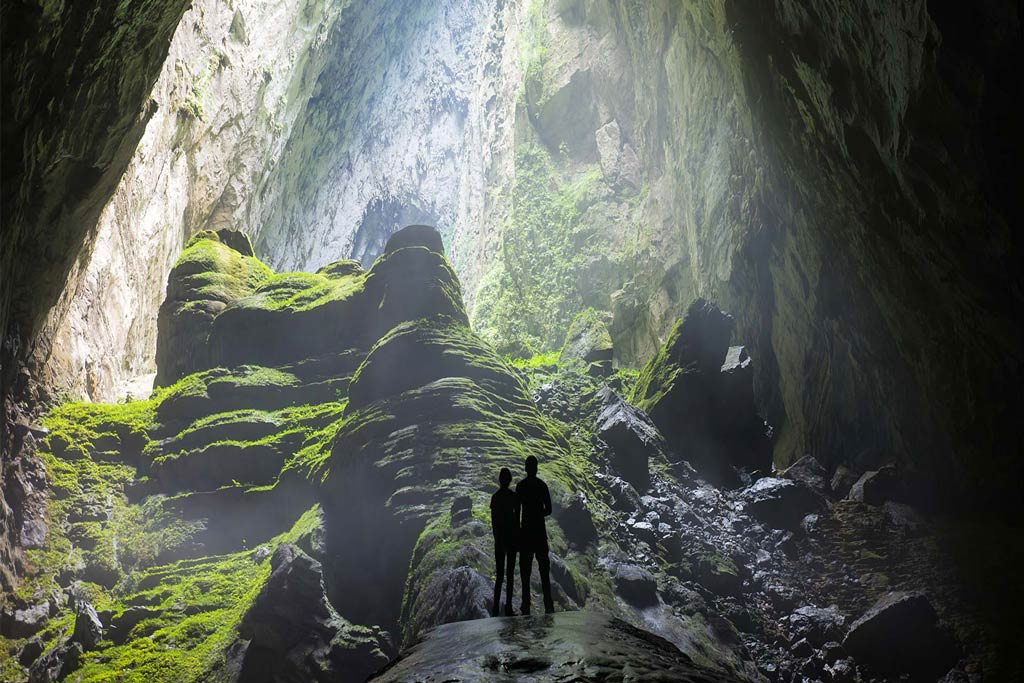
A UNESCO World Heritage Site and is located in Ke Bang National Park in Quang Binh.
One of the most extraordinary caves in the world for its underground river. The cave is considered the most impressive of the dry caves; magnificent sandbars and reefs; and spectacular stalactites.
The first cave opened to the public in this region (in 1997) and was the largest known cave in Vietnam at the time.
A shelter, storage area and hospital during the Vietnam War. Many traces of this period on the walls.
Paradise Cave
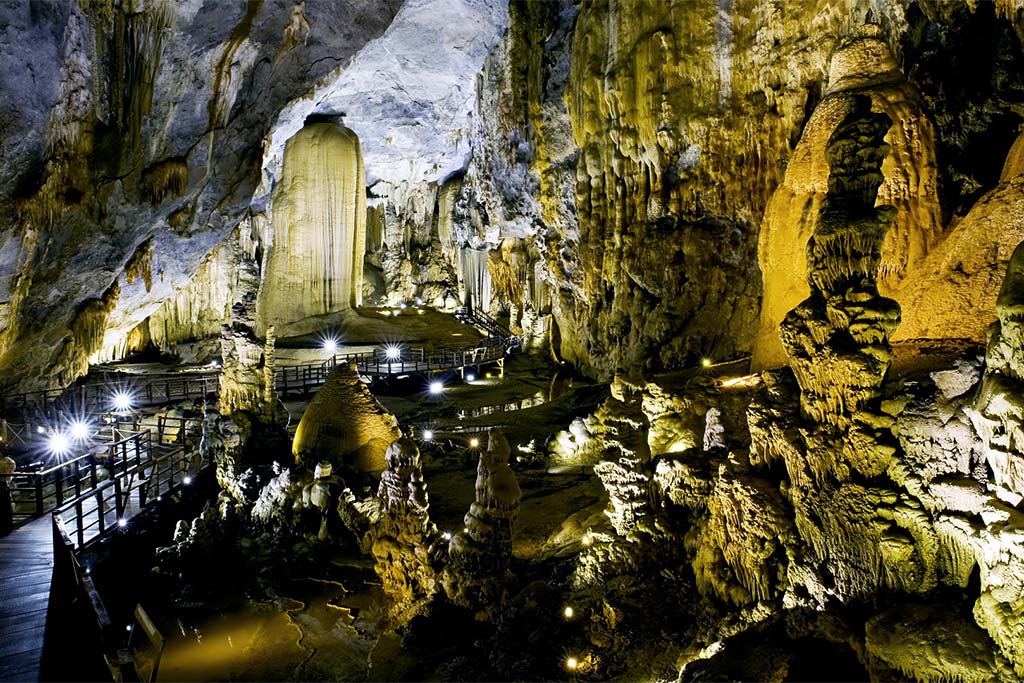
A magnificent cave located in the Phong Nha-Ke Bang National Park. Discovered by a local man in 2005 and opened to tourists in 2010. Approximately 31 kilometers long, making it one of the longest dry caves in Asia, but only about 1 kilometer is open to tourists.
A variety of stunning stalactites, stalagmites, and other rock formations have been naturally sculpted into interesting shapes and patterns over thousands of years.
Son Doong Cave
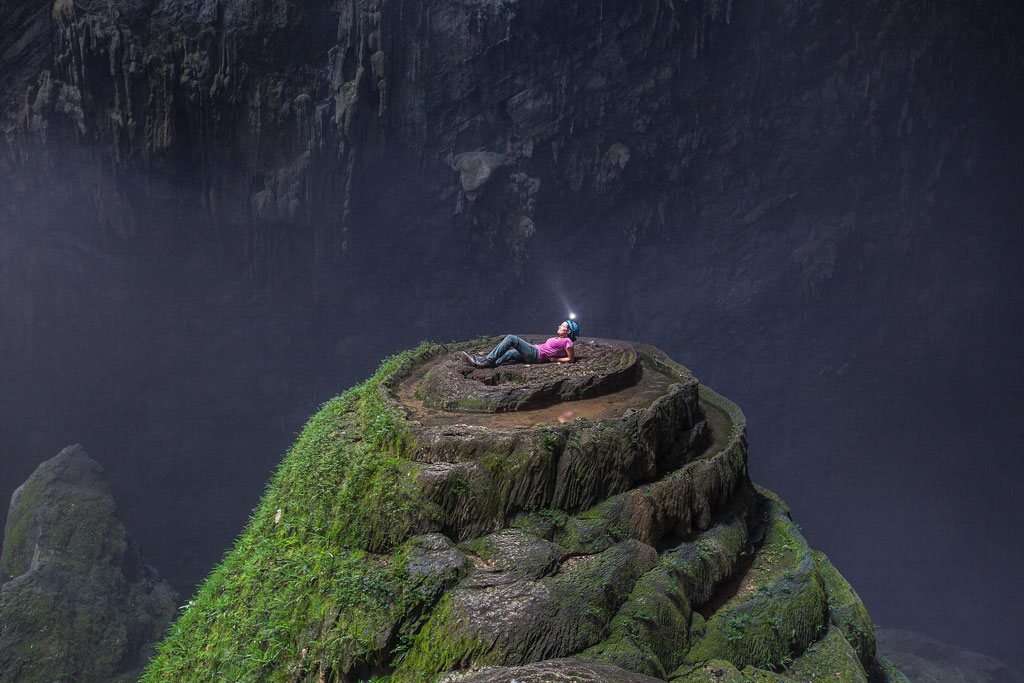
One of the largest and most magnificent caves in the world. The largest underground cave in the Phong Nha national park and in Asia: 152 m high, 9 km long.
First discovered by a local man in 1990, but until 2009, a team of British cavers conducted a survey of the cave and realized its true size and significance.
A variety of unique and stunning rock formations, including stalactites, stalagmites, and underground rivers. Home to a diverse range of plant and animal species, many of which are found nowhere else in the world.
Only a limited number of visitors are allowed to enter Son Doong Cave each year, and all visits must be conducted with a licensed tour operator.
Hang En Cave
First explored by British caving experts in 1994, although its location has been known for centuries. Named after the thousands of swallows that nest in the ceiling of the cave. Nestled in the Phong Nha-Ke Bang National Park, home to the largest caves in the world.
Used as shelter during heavy storms and as a hunting ground to collect swifts to eat as a delicacy by ethnic minorities in nearby villages, such as the Bru Van Kieu of Ban Doong. One of the few caves in the world to have a campsite inside the entrance.
The network of Tu Lan caves
Comprises over twenty caves. First explored by British caving experts in 1992, although its location has been known for much longer. First investigated in greater depth in 2010 with several subsequent investigations.
Not just one cave, but several, both dry caves and wet caves. Connected by vast rivers and surrounded by buffalo fields, peanut farms and karst mountains.
Impossible to sleep inside the caves, but there are great campsites near the openings.
Hang Tien Cave
Means “cave of fairies”, due to the otherworldly environment that inspired local stories of fantastic beings. The twin caves were first visited by the British Cave Research Association in 1994 and explored further in 2015.
Particularly wild and it was difficult to find all the openings, so locals provided valuable help. Outside the Phong Nha-Ke Bang National Park. Not just one cave, but two, the two largest in the Tu Lan cave system. Offer both gigantic size and unusual formations. Impossible to sleep inside the caves, but there are great jungle campsites near the openings of the caves.
What to do in Phong Nha
Kayak
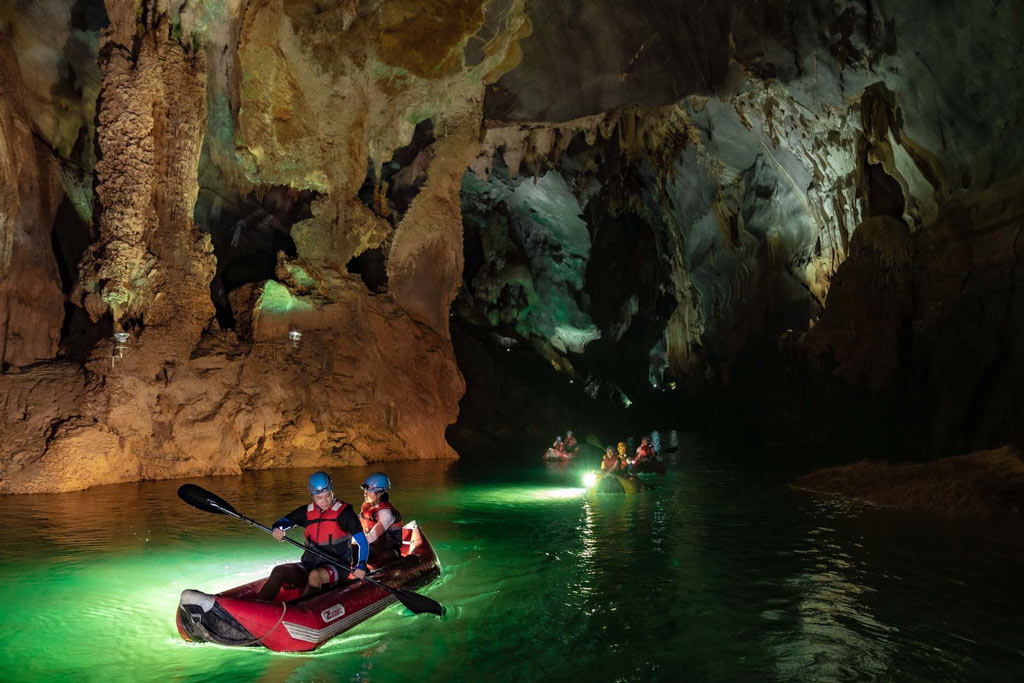
A way to experience Phong Nha Cave is to try a kayaking trip away from the crowds. Hang Toi, just a few kilometers away, also features a fun selection of activities, including kayaking, swimming and ziplining.
Hiking
The landscape of Phong Nha-Ke Bang National Park is unlike anywhere else in Vietnam. If caves aren’t your thing, choose a hike to experience the lush landscape of Phong Nha. If you love wildlife, consider a night tour or visit the animal rescue center on a two-day eco-hike. Hanoi Voyages offers the best hiking tours in the region.
Bicycle ride
A beautiful bike ride along the Son River allows you to reach villages such as Gia Hung and Bong Lai – where you can join the locals in their daily chores in the rice fields, peanut fields and learn how to create homemade popcorn.
Especially, by simply having a bicycle and a map, it’s possible to spend an entire day discovering Bong Lai valley. After pedaling for several hours, concluding your adventurous day with some delicious grilled chicken and a refreshing beer is a great idea.
When to go to Phong Nha
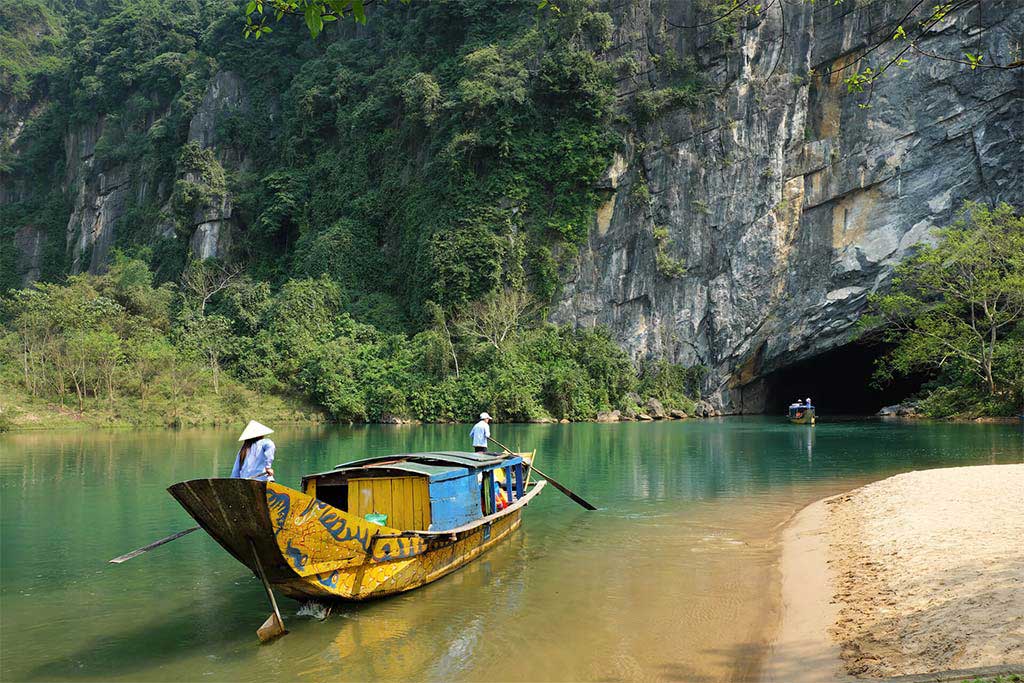
Phong Nha is located in Central Vietnam with 2 distinct period:
Dry period: from January to May.
Wet period: from August to December.
It is a little warmer there than in the North, and a little less hot than in the South.
The center is the region most affected by the monsoon from May to October, the hottest season. The rains are accentuated, with frequent typhoons from July to October. Distinguish, however, the coast and the highlands where it is always cooler.
How many days to visit Phong Nha
If you have 1 day to discover Phong Nha caves
Phong Nha Cave is a UNESCO World Heritage Site and is located in Ke Bang National Park in Quang Binh.
Paradise Cave is considered the longest dry cave in the world. The interior is at the same time imposing, divine and restful as a great cathedral can be.
Venture into Phong Nha by car and visit the Animal Rescue Center and Botanical Garden.
Enjoy a good chocolate coffee carefully prepared by the wife of Mr. Ho Khanh, known as the king of the cave kingdom, also who latter happens to be the person who discovered the largest cave in the world – Son Doong.
If you have 2 days to discover Phong Nha
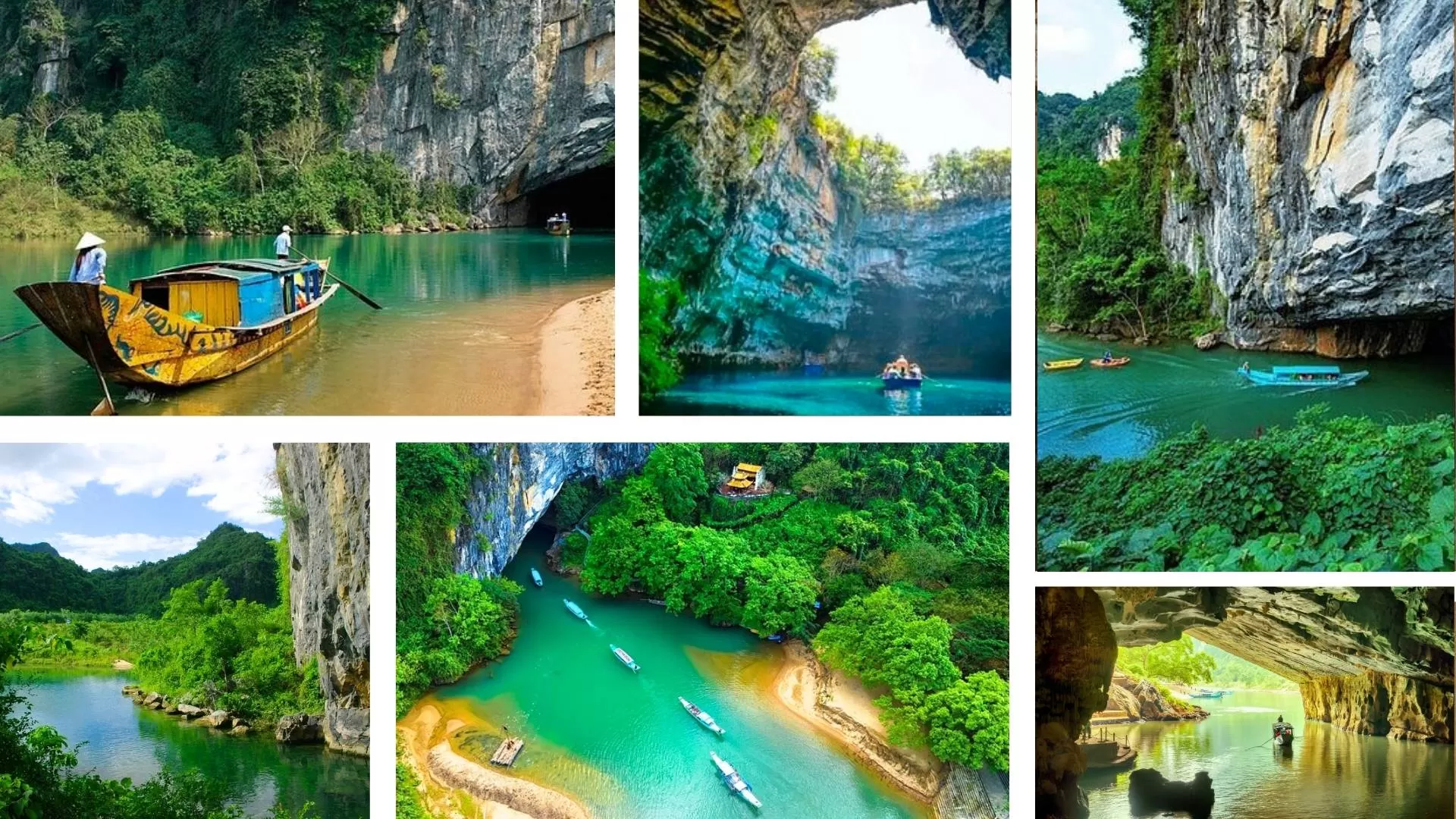
Day 1: Discovery of the Phong Nha – Thien Duong caves
Phong Nha Cave is a UNESCO World Heritage Site.
Paradise Cave (Thien Duong Cave).
Visit the animal rescue center and the botanical garden.
Enjoy a good chocolate coffee carefully prepared by Mr. Ho Khanh’s wife.
Day 2: Discovery of the Phong Nha region by bike
Your guide will explain the safety conditions for your bike ride on the Vietnamese country roads in order to make the most of this new day of adventures.
Stroll along the Son River to reach the village of Bong Lai where you can join the locals in their daily chores in the rice paddies, peanut fields and learn how to create Vietnamese-style popcorn.
Stop at Gia Hung village where there is a shop selling the best rice wine in the area. You will learn how to make rice wine and will be invited to taste it (in moderation of course!) before hitting the road again.
Take a local ferry to reach the other side of the Son River. From there, you will cycle on unpaved roads.
After climbing a hill, you will descend to go to the Bong Lai Valley where you will visit a local farm run by a couple of veterans, former members of the National Liberation Front of South Vietnam. Learn about the work of the farm and taste freshly harvested seasonal fruits.
Then cross the Rao Con River to reach the newest popular attraction in the Phong Nha area, the Pub and its cold beers. Enjoy a cold beer or soft drink and admire the view from the hill.
Enjoy grilled chicken with vegetables and a peanut sauce at noon at the “Pub with cold beer” or taste pork cooked with bamboo shoots at the farm of the veteran couple.
You will have free time before returning to Phong Nha via off-road paths through fields and rice paddies (to be able to see the rice between January and August).
If you have more than 3 days to discover Phong Nha
You can discover stunning caves such as Son Doong, Hang En, Tu Lan network, Hang Tien, Hang Va, Nuoc Nut, etc.
Where to stay in Phong Nha
Phong Nha is a fantastic place to soak up the beauty of the Vietnamese countryside. The best option for nature lovers is to book a boutique homestay or a villa in the rice fields – just outside the city. Here you will be immersed in rural life and wake up every morning to beautiful views. Phong Nha town also has a huge choice of accommodation, including homestays and modest riverside hotels.
Saigon Phong Nha Hotel
This is a hotel conveniently located near the Song Con River pier. Meals are taken on the shaded terrace overlooking the river.
Chay Lap Farmstay
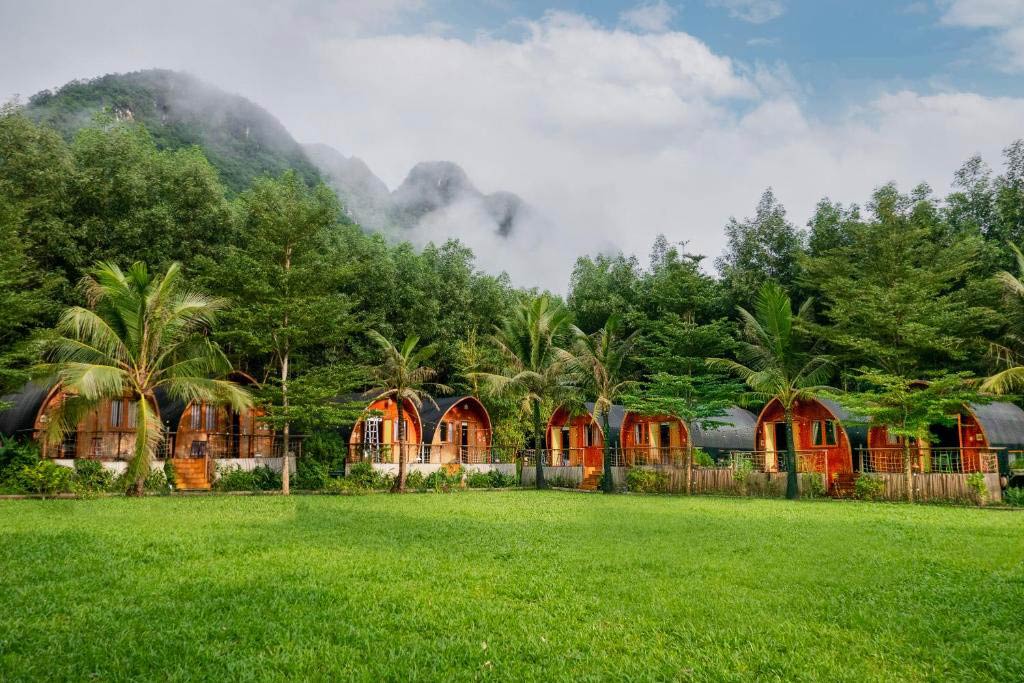
Chay Lap Farmstay is situated in the middle of a valley surrounded by mountains, 12 km away from ng Thiên ng Paradise Cave and 20 km away from Phong Nha Botanical Garden.
Chay Lap Farmstay is an organic farm that produces a variety of fruits and vegetables. Guests can take a tour of the farm and learn about organic farming practices.
Phong Nha Lake House Hotel & Resort
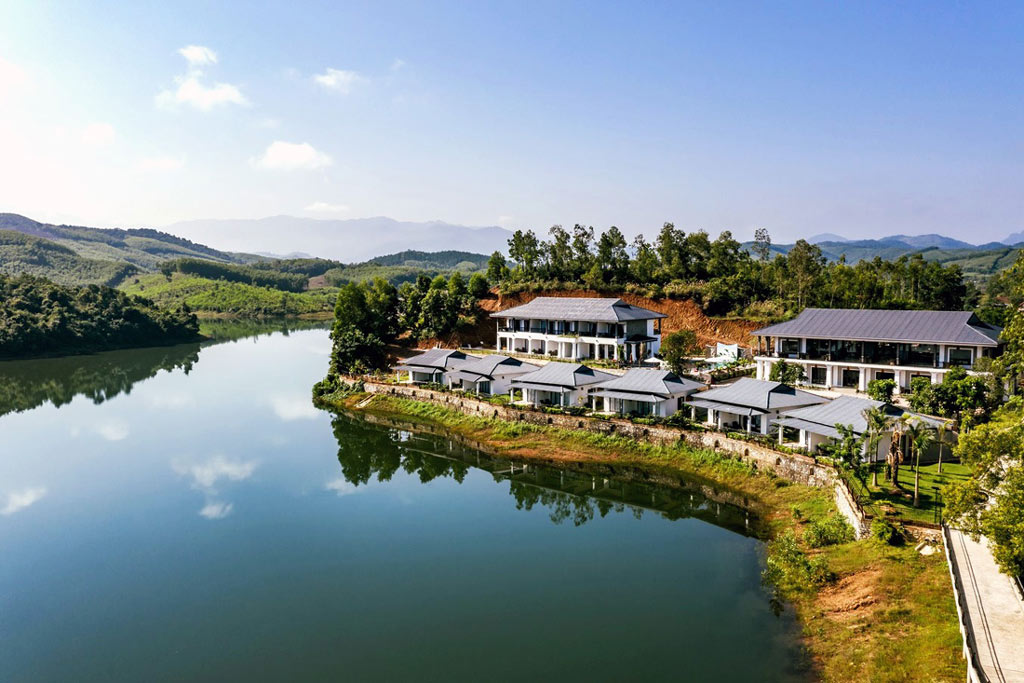
This hotel has the main quality of being well located and offers dormitories, double rooms or bungalows. The welcome and the service are provided by a team of dynamic and warm young women, who will do their best to ensure your comfort and well-being.
From thrilling cave expeditions to peaceful boat rides along the Son River, the list of things to do in Phong Nha offers something unforgettable for every kind of traveler. Whether you're an adventure seeker or a nature lover, this destination will leave you in awe. Let us help you plan the perfect escape with Hanoi Voyages — your journey to Phong Nha starts here!
Dream about your trip to Asia, in private
We are here to make it happen with youFREE QUOTE, WITHOUT OBLIGATION

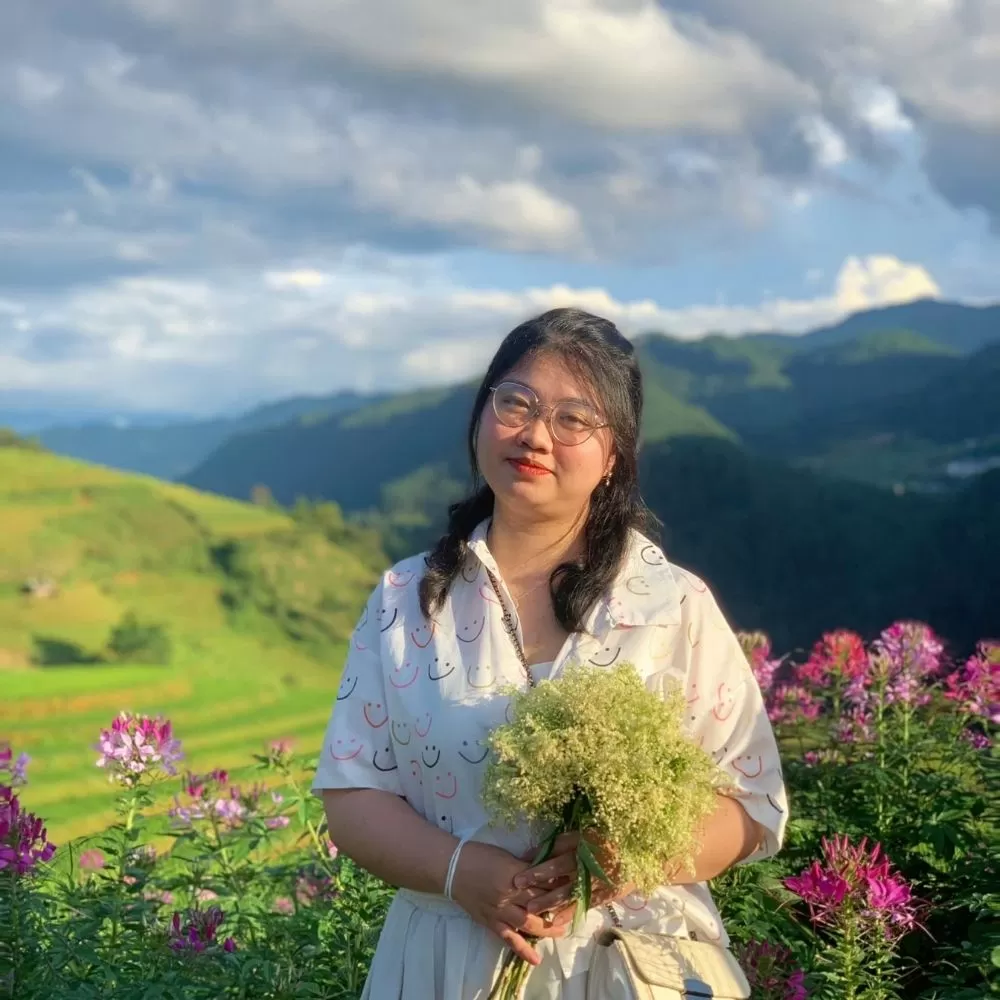





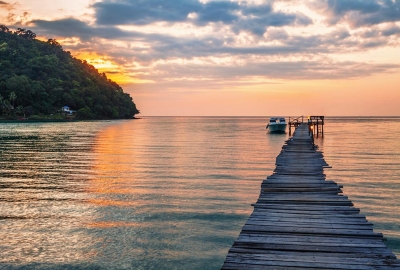
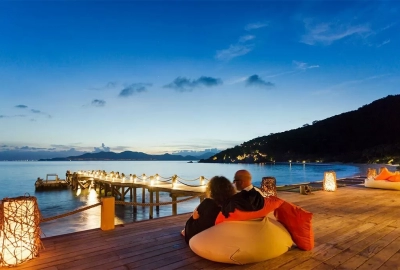
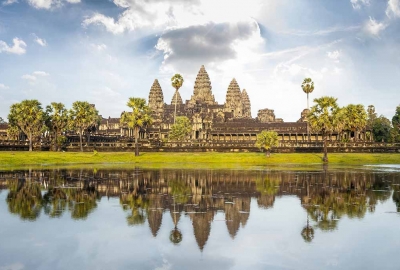
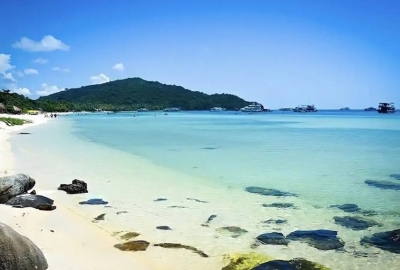
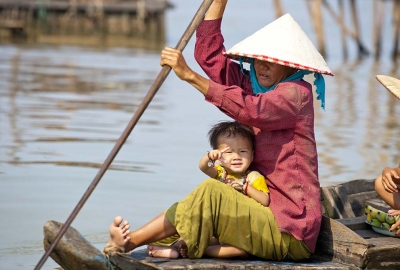


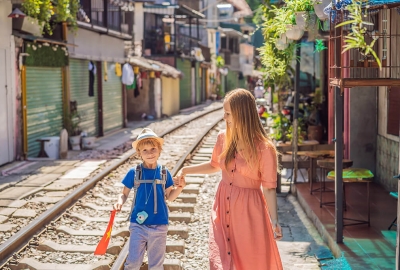

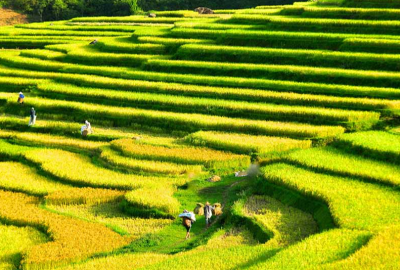
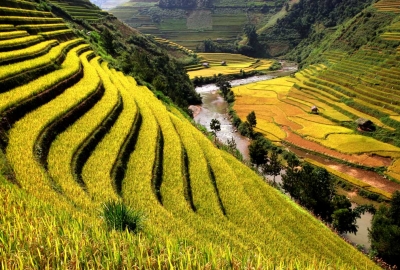
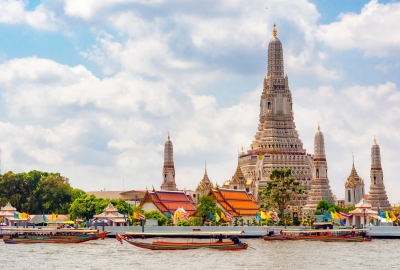
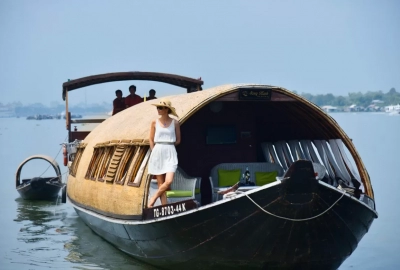
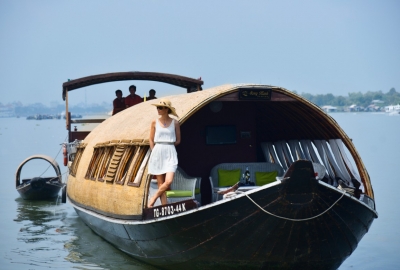
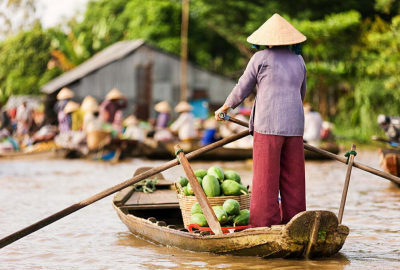

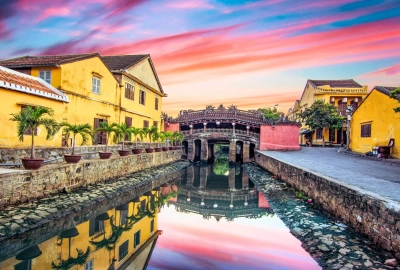

.webp)

